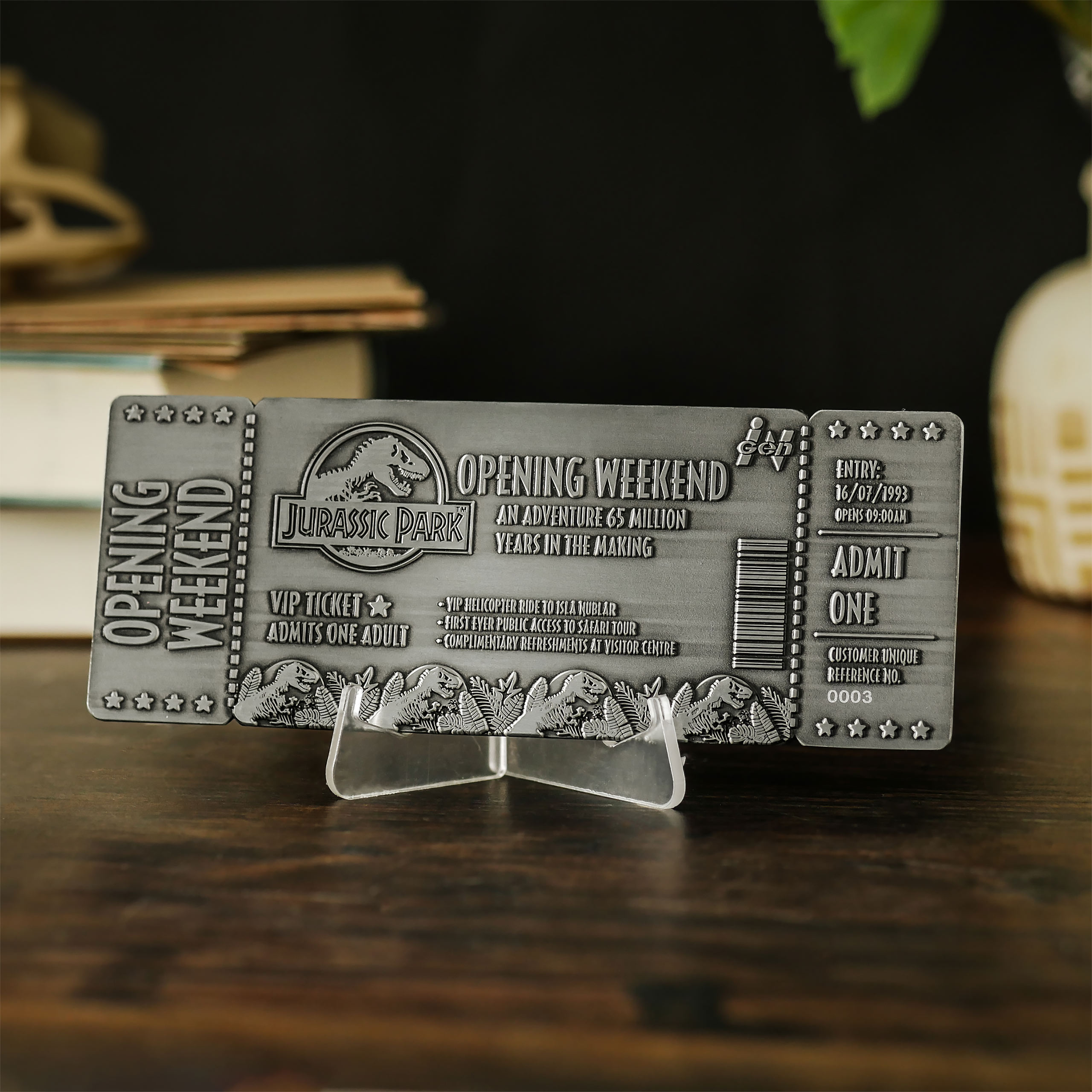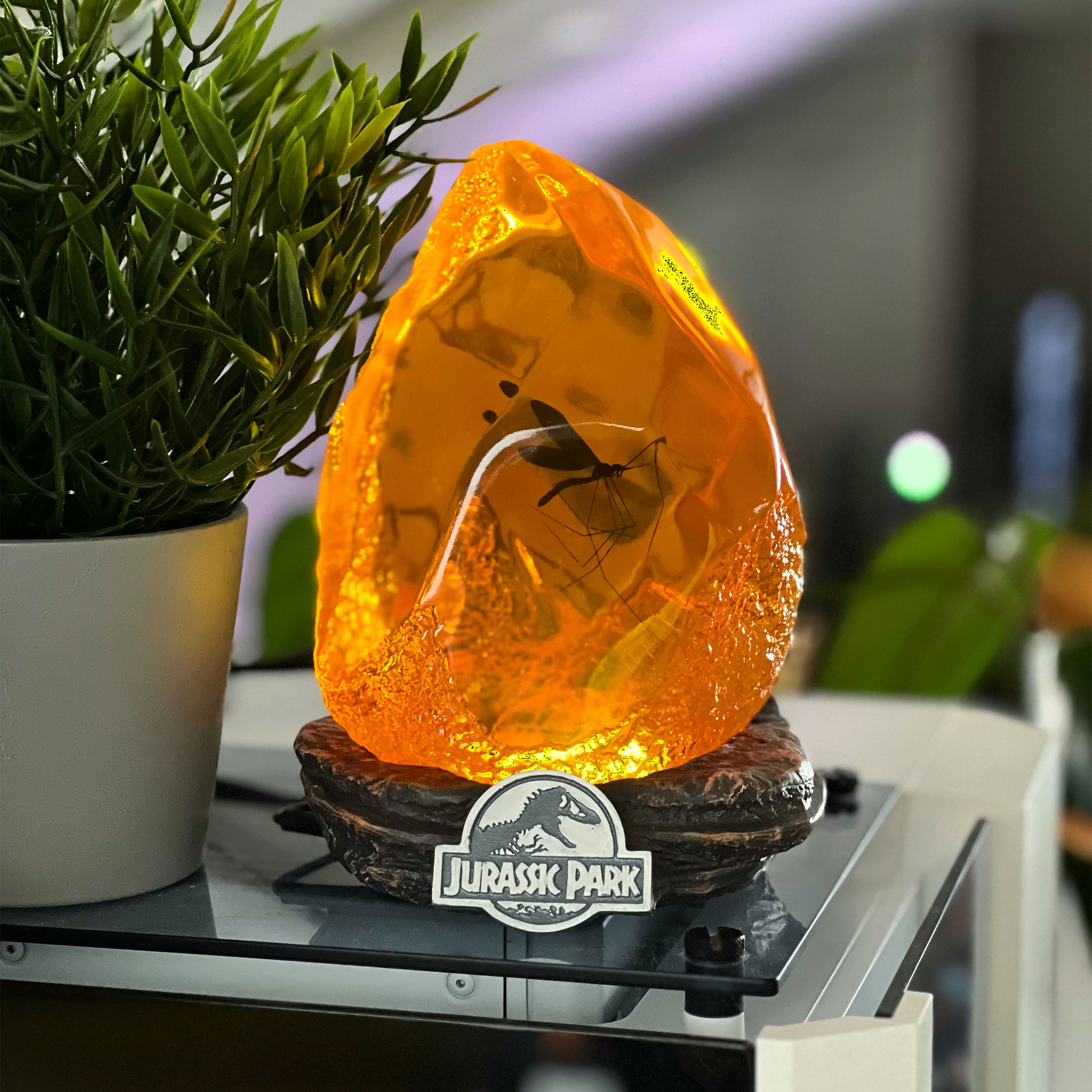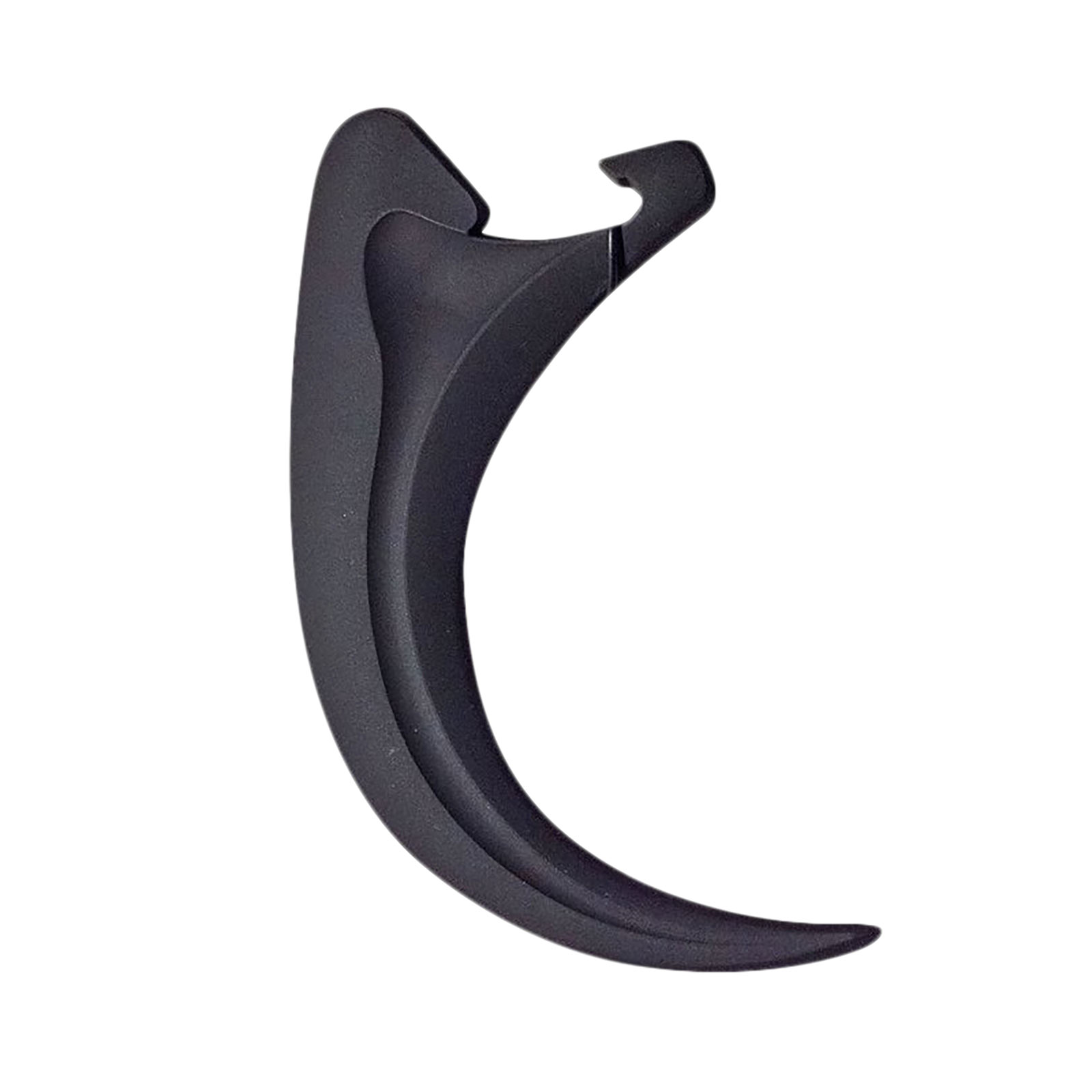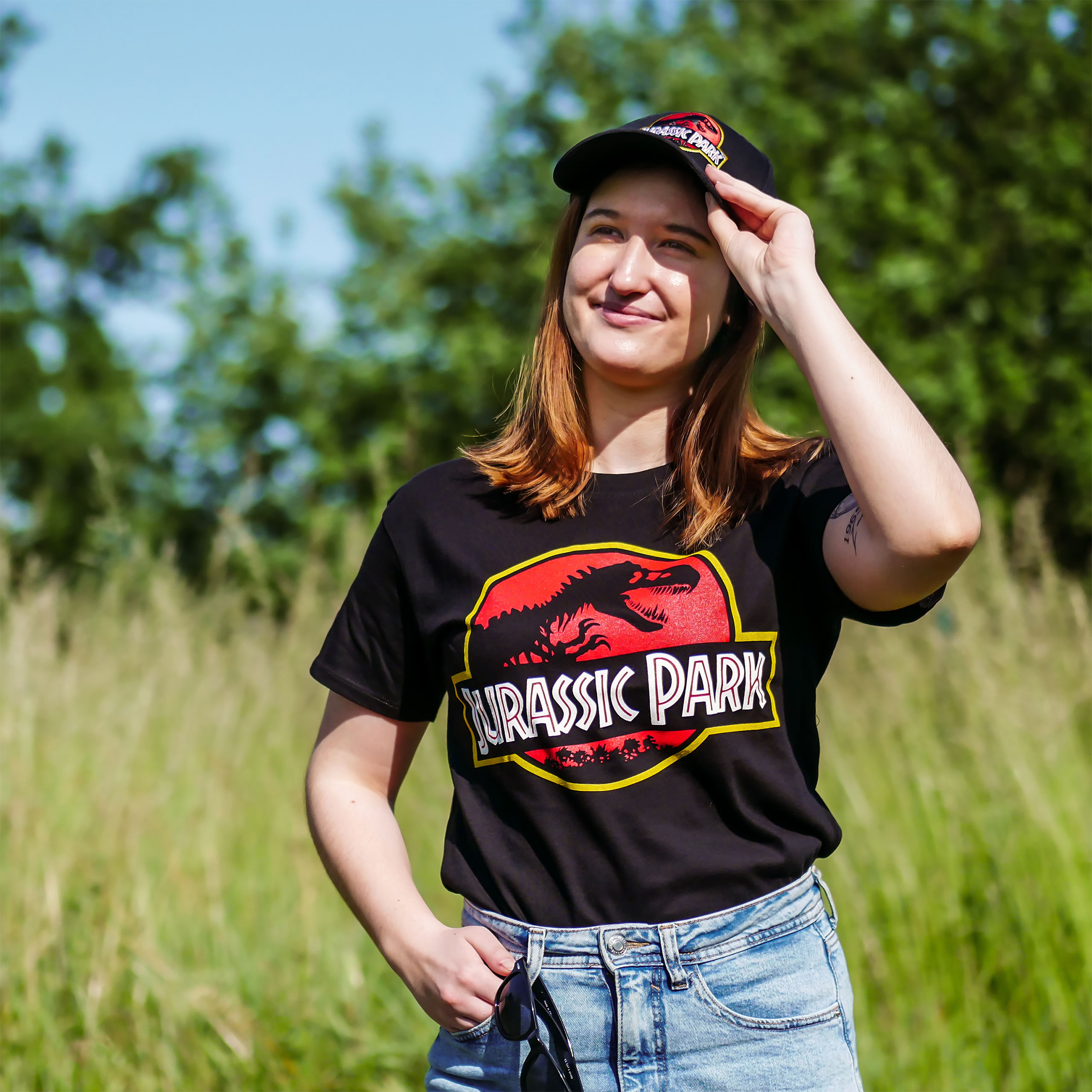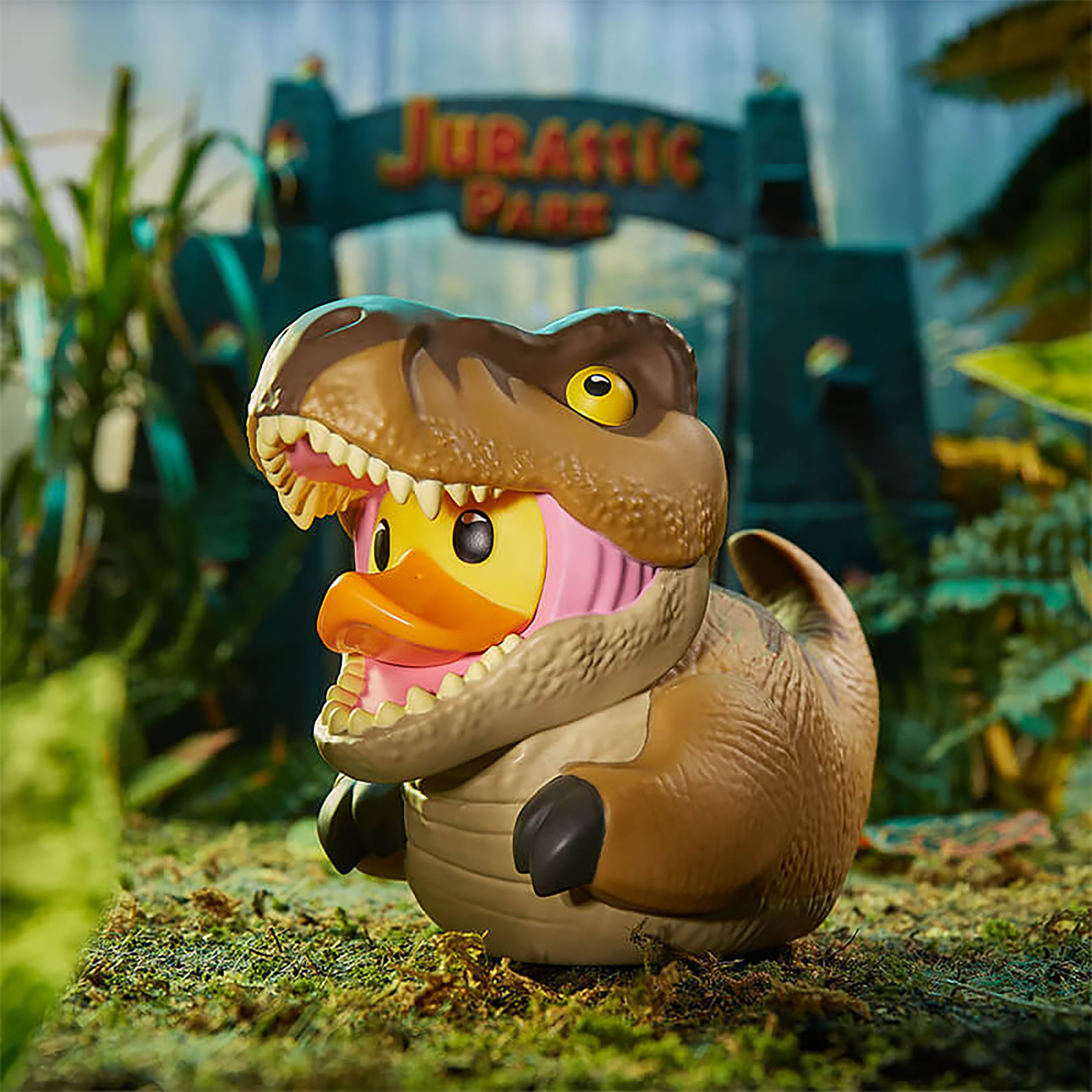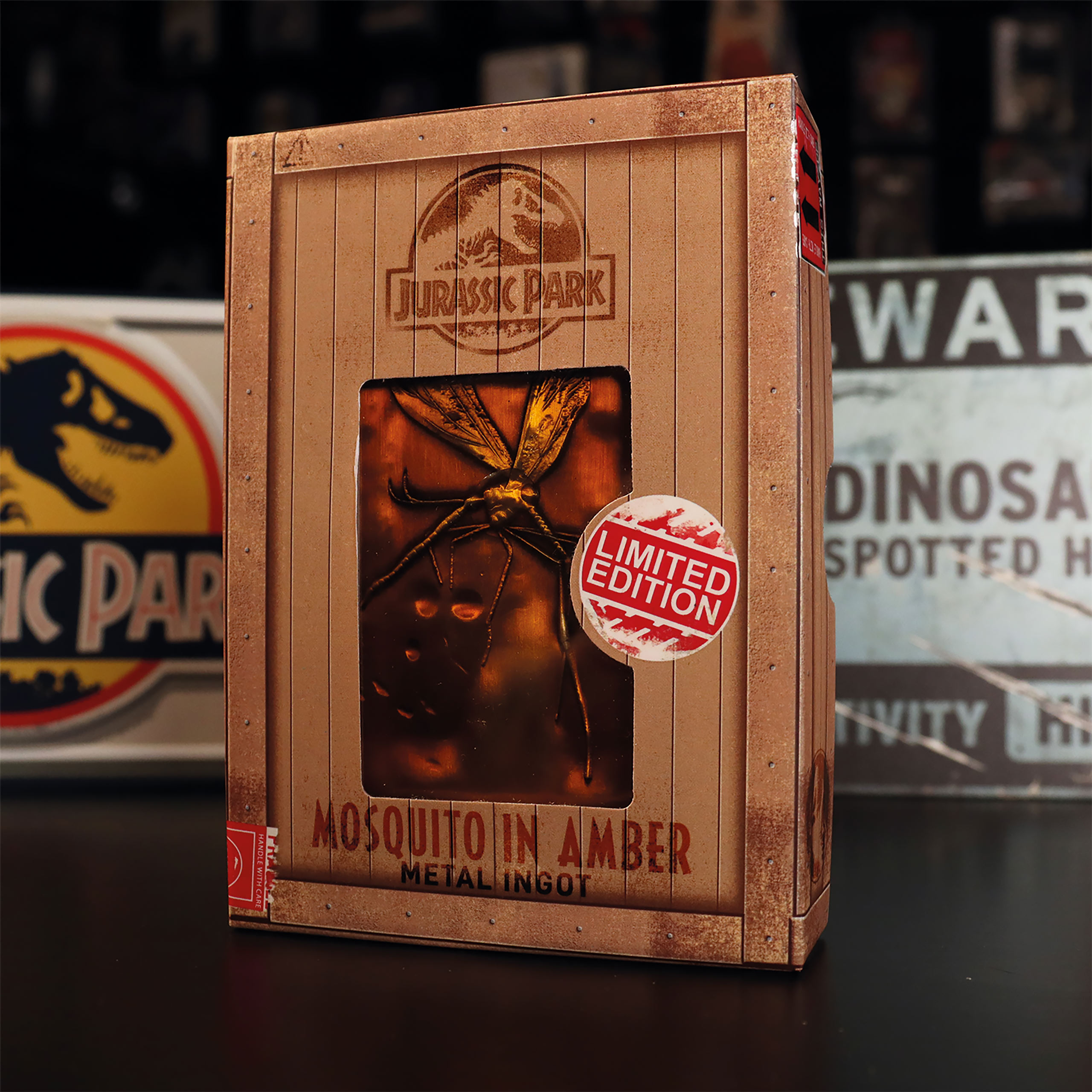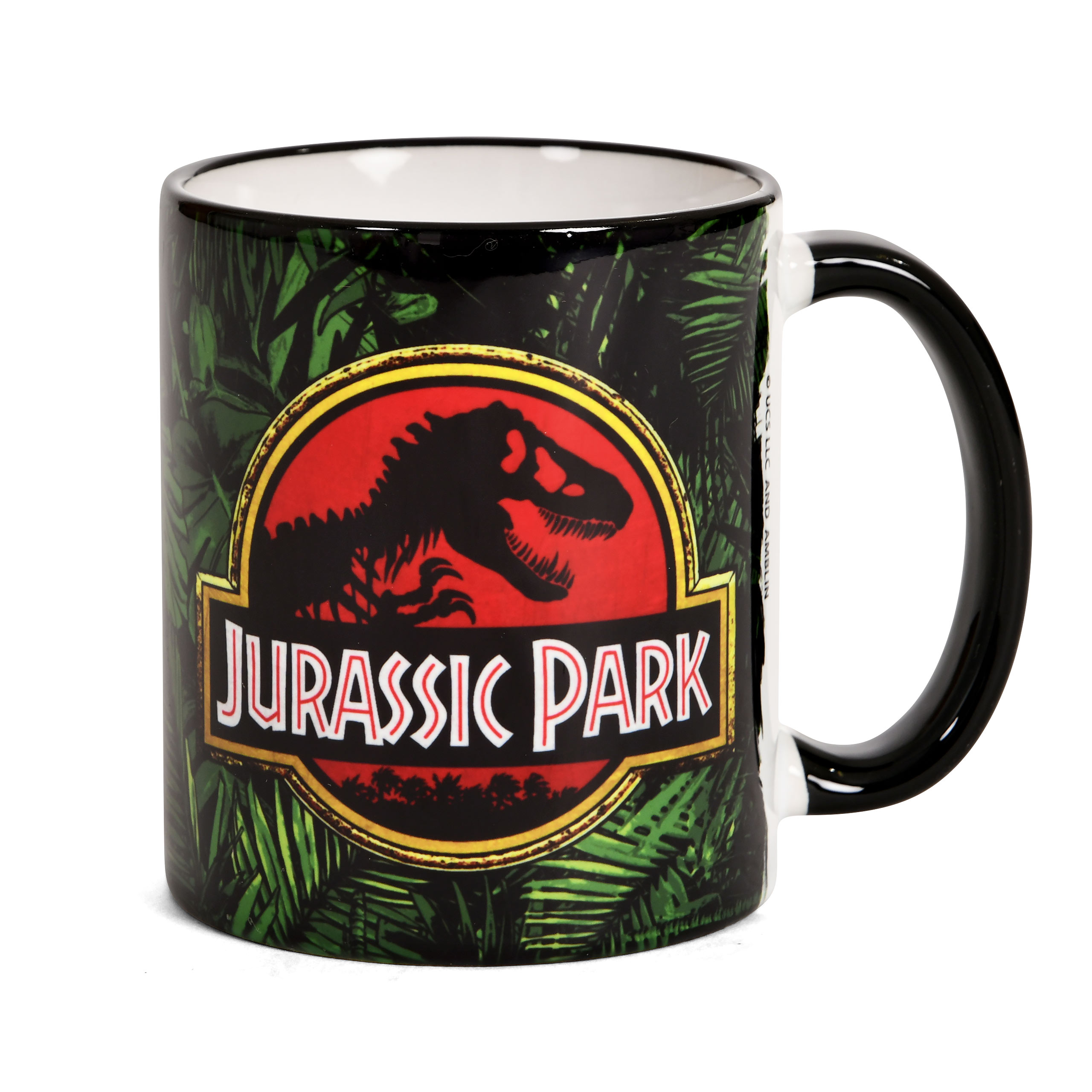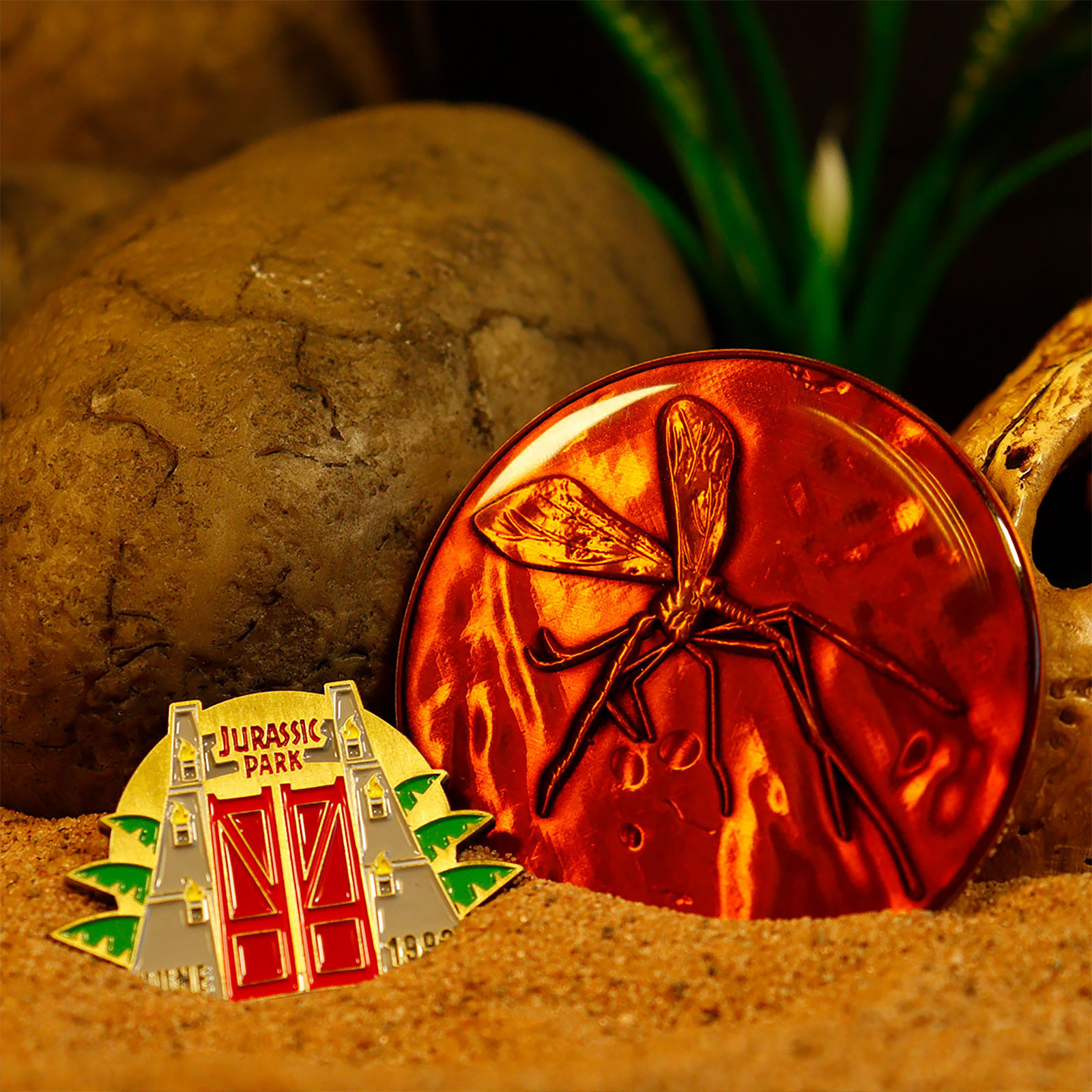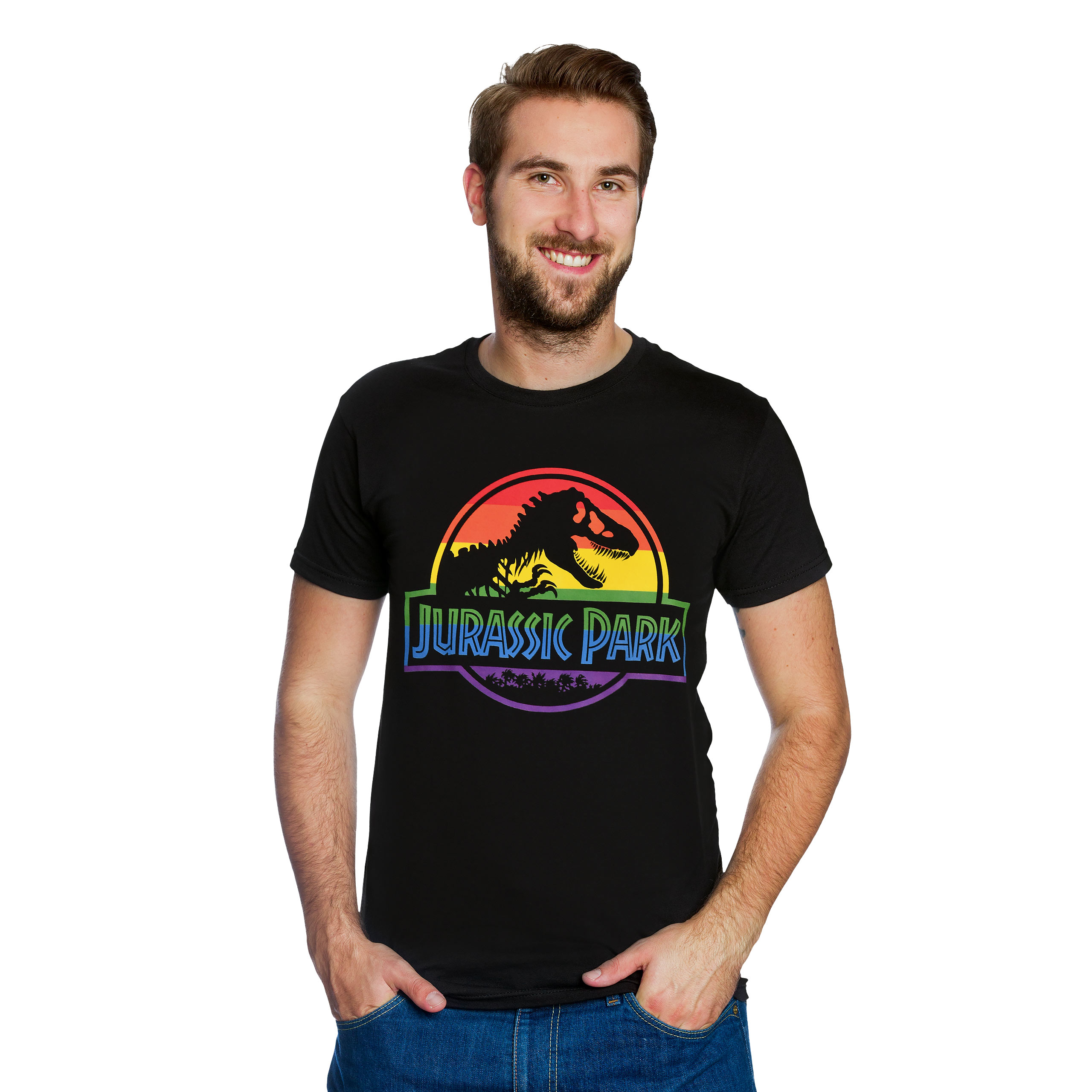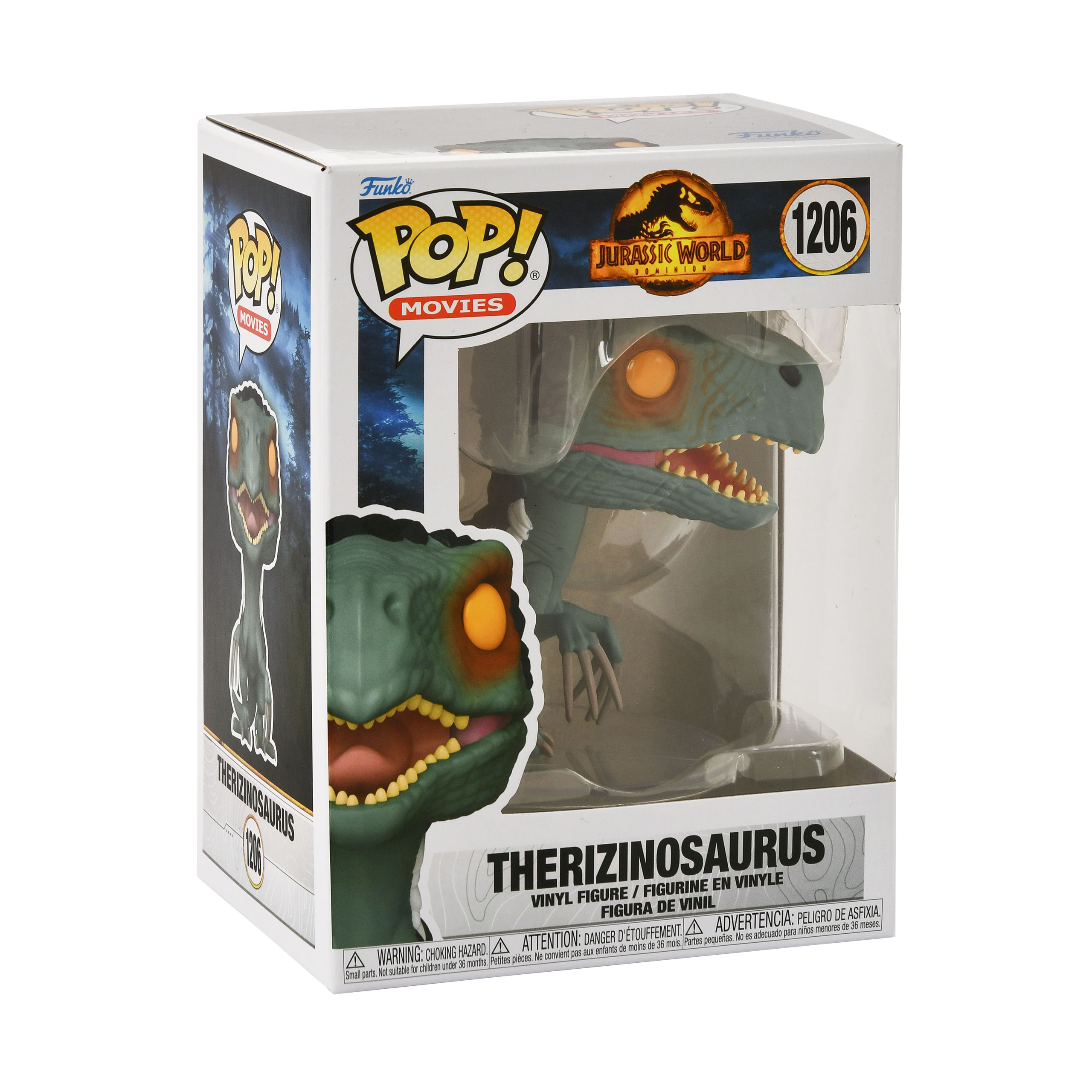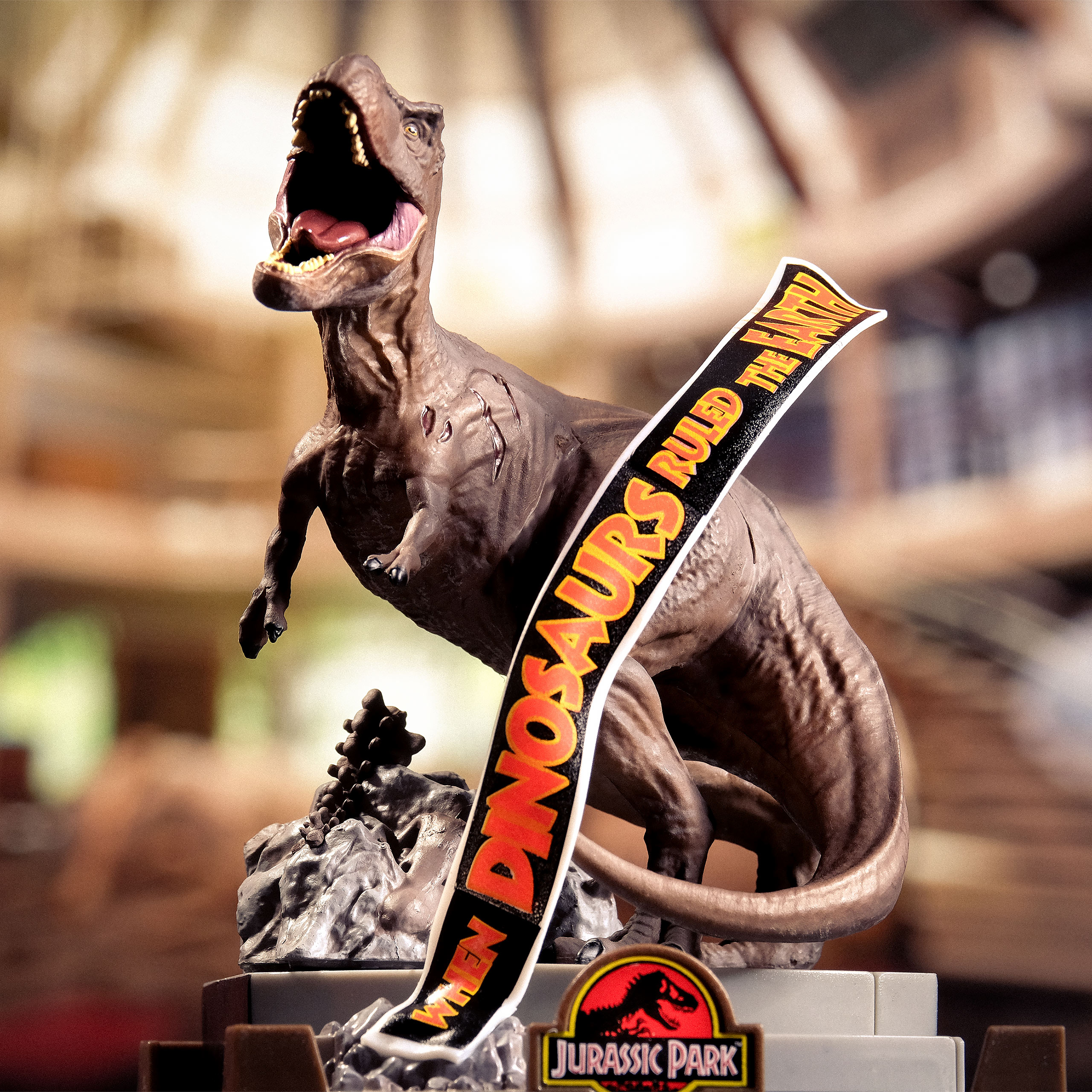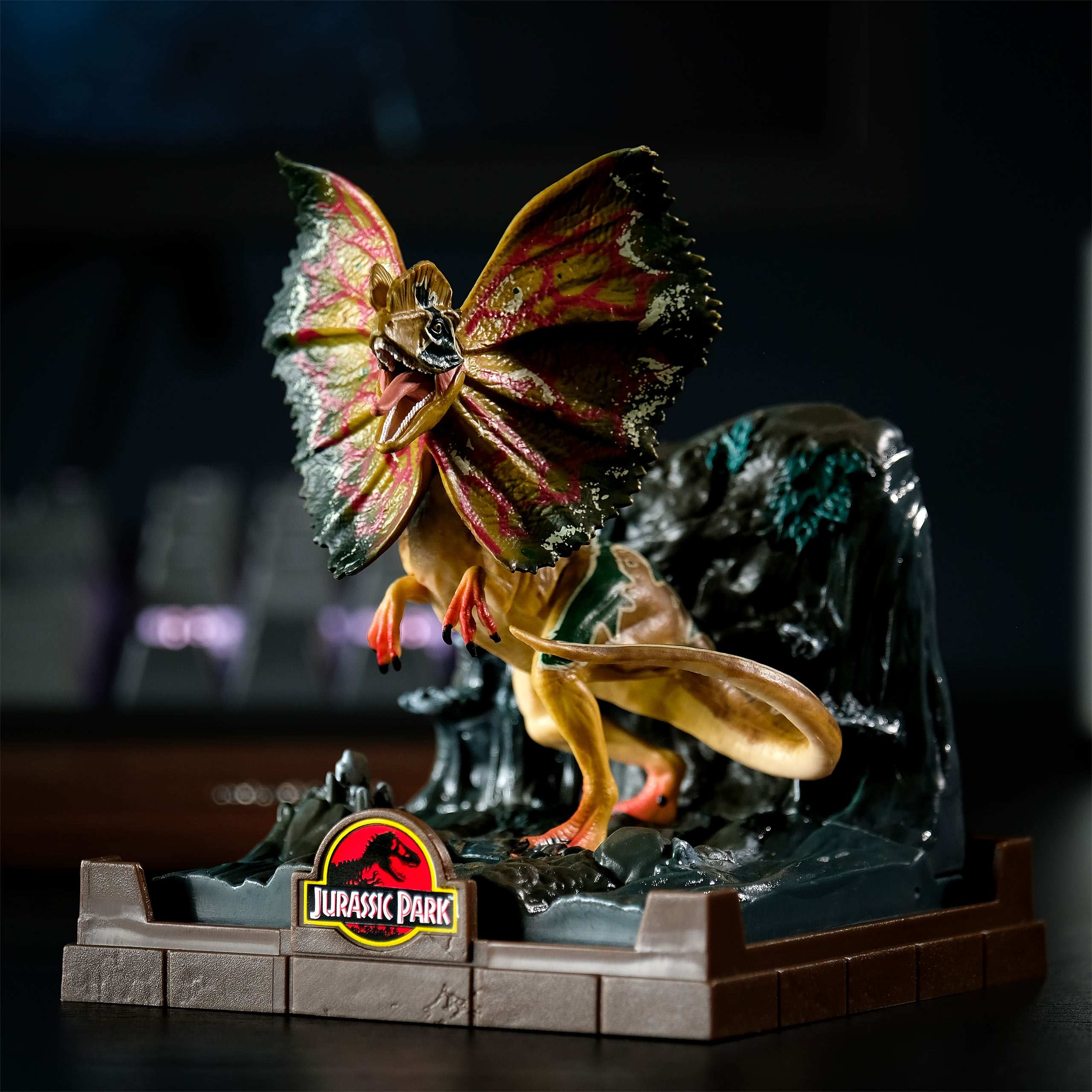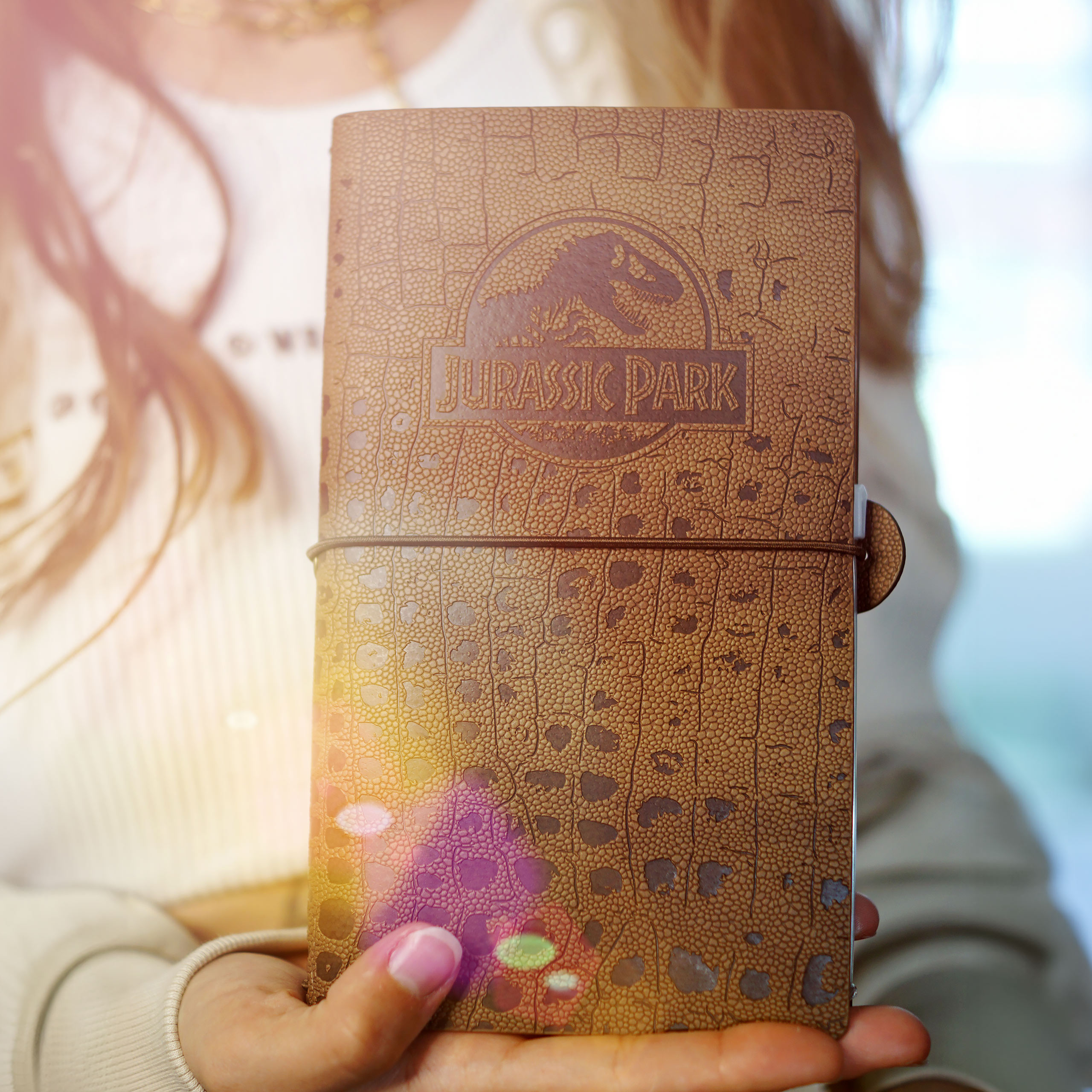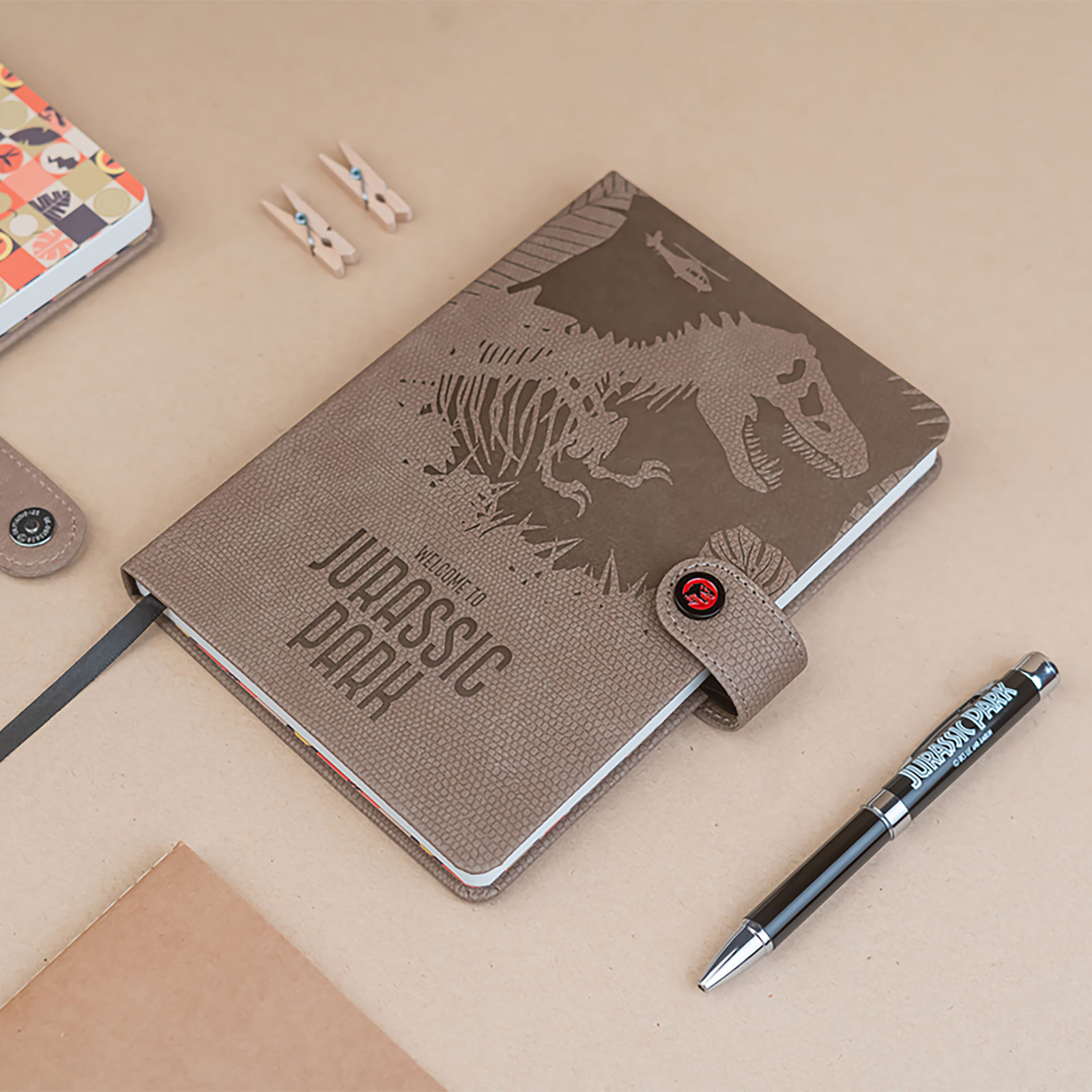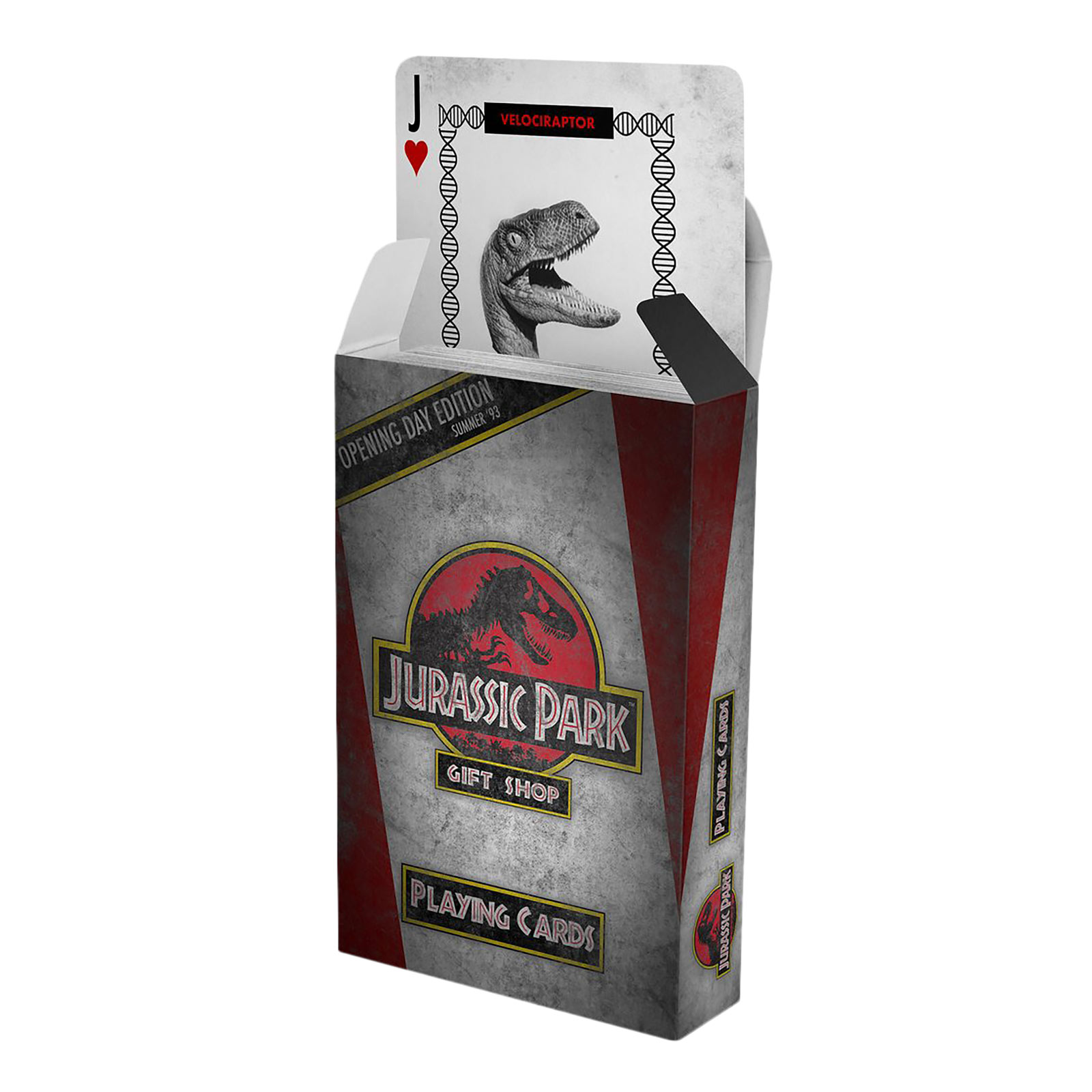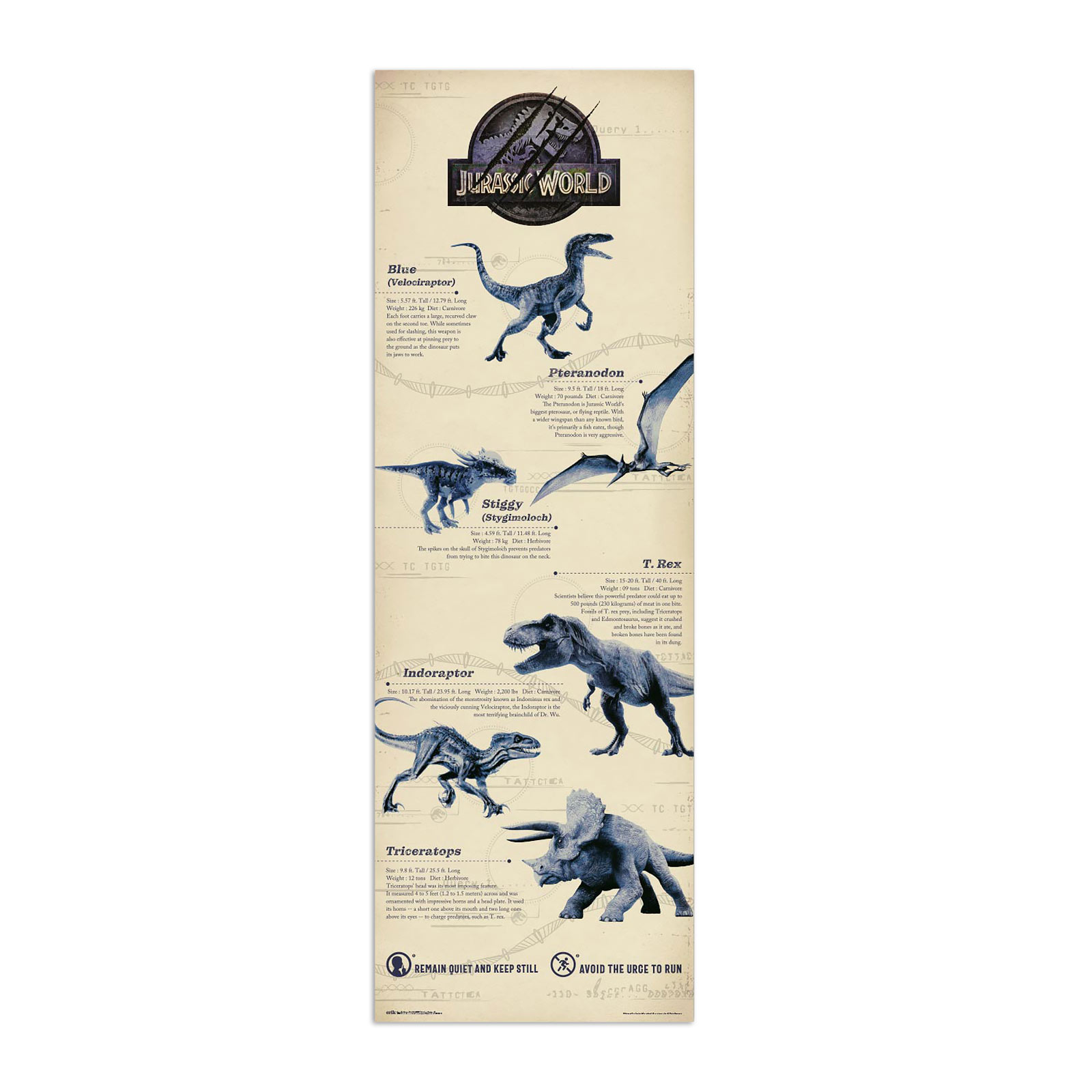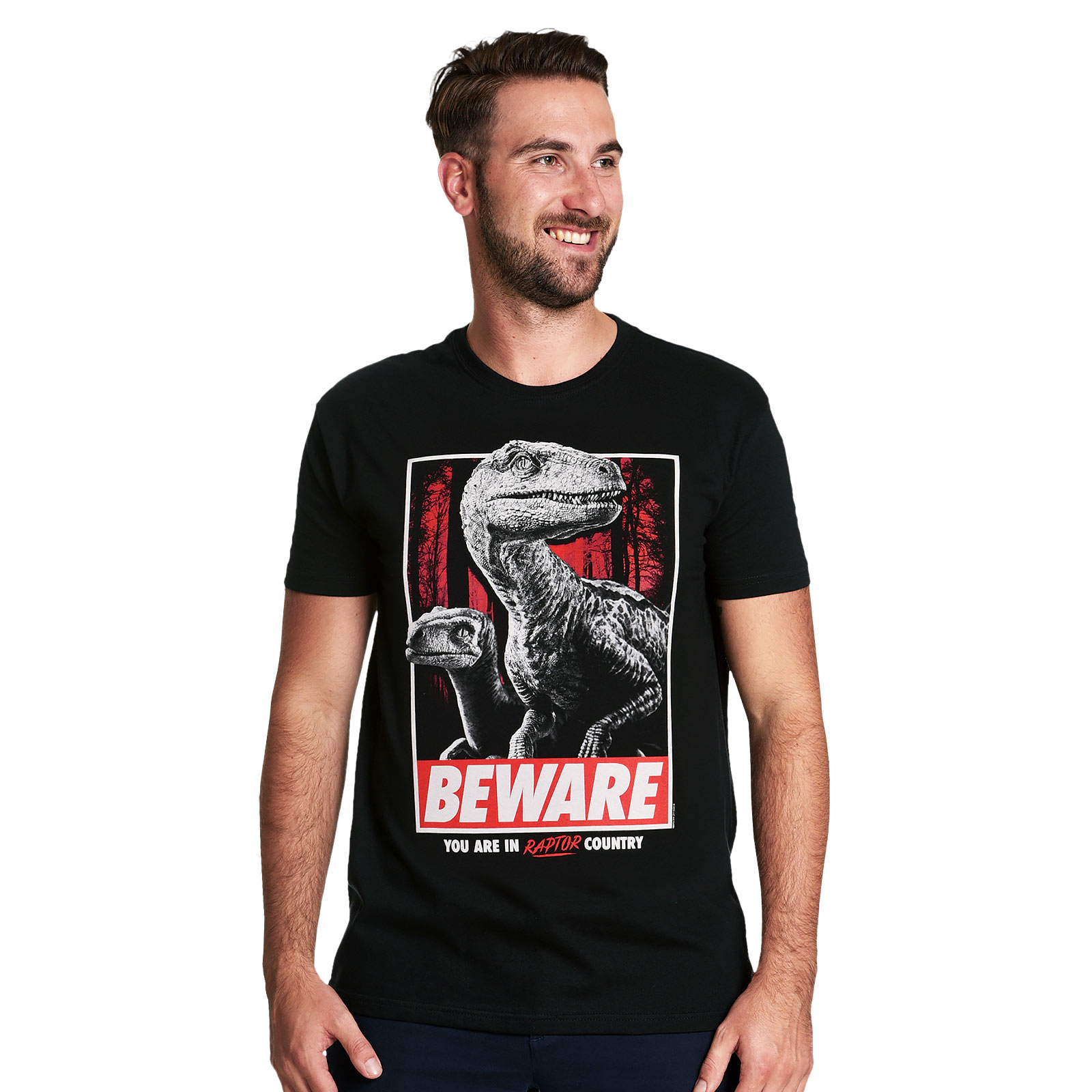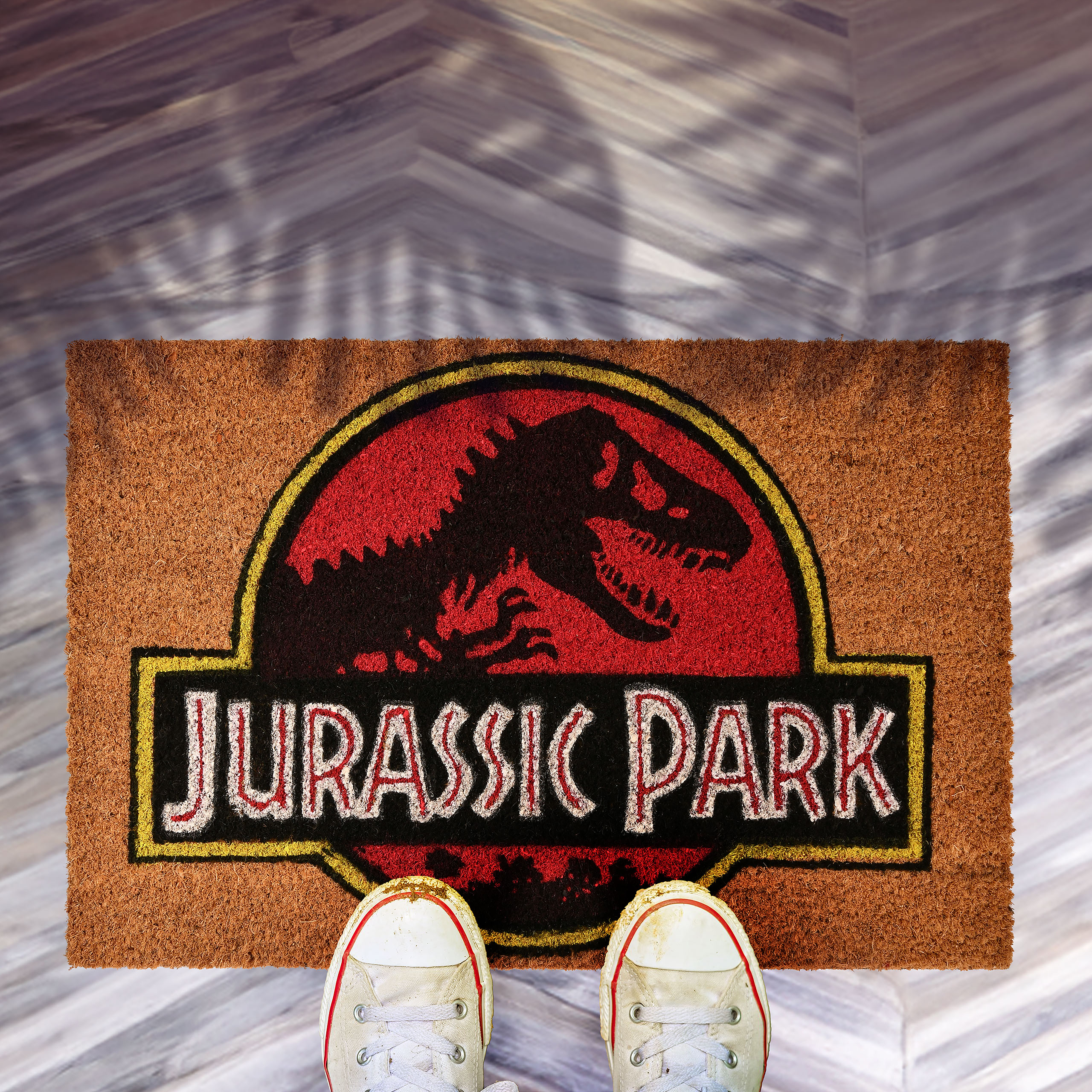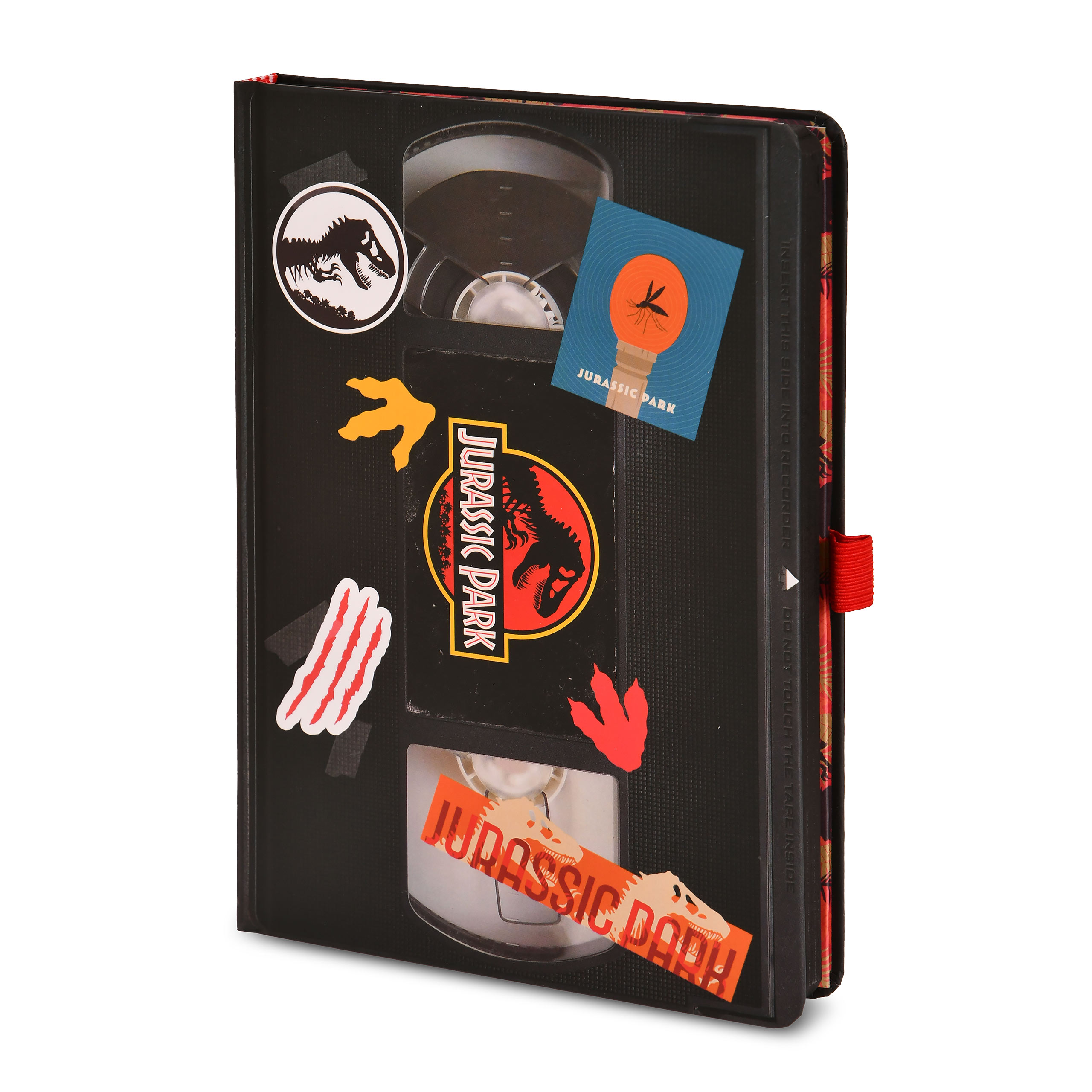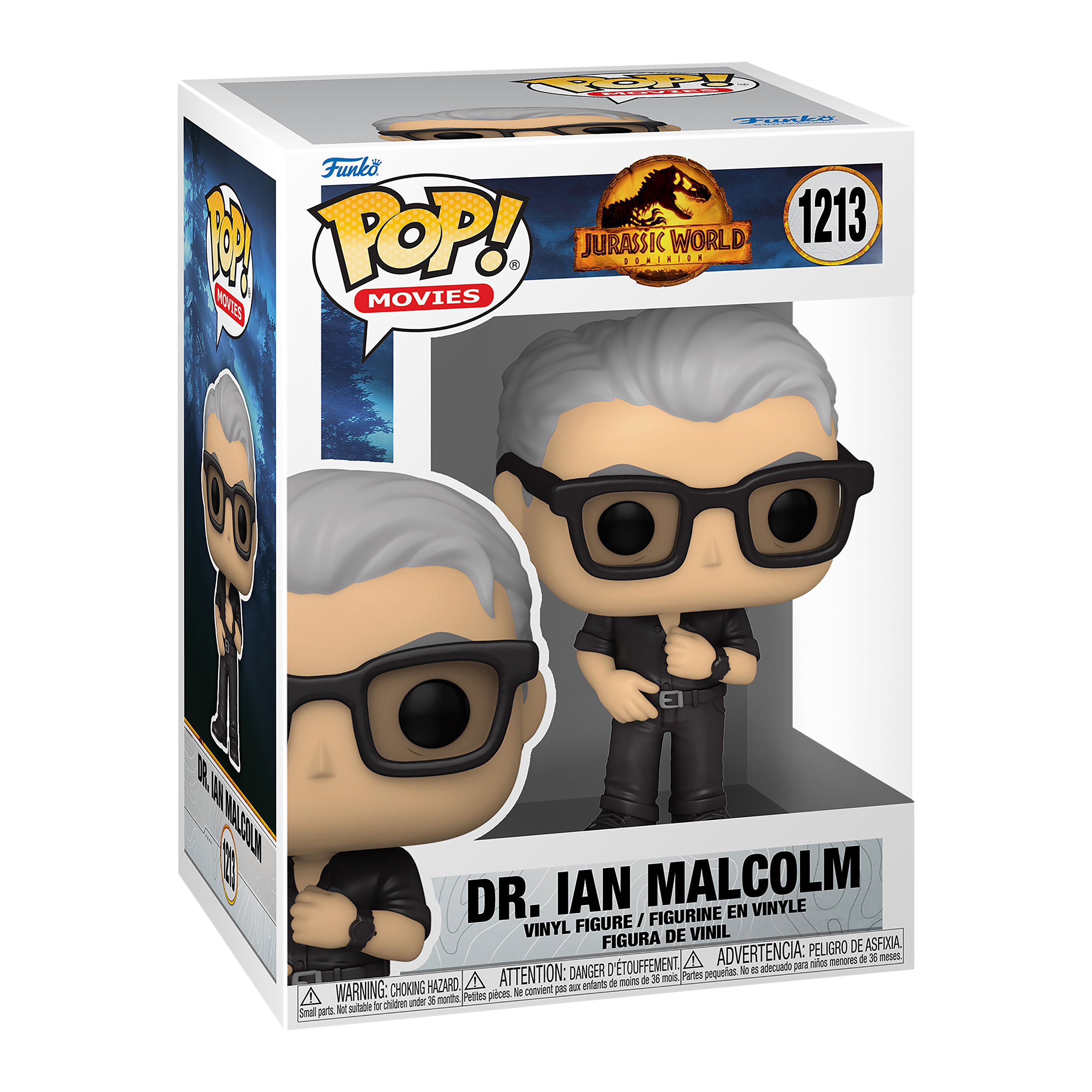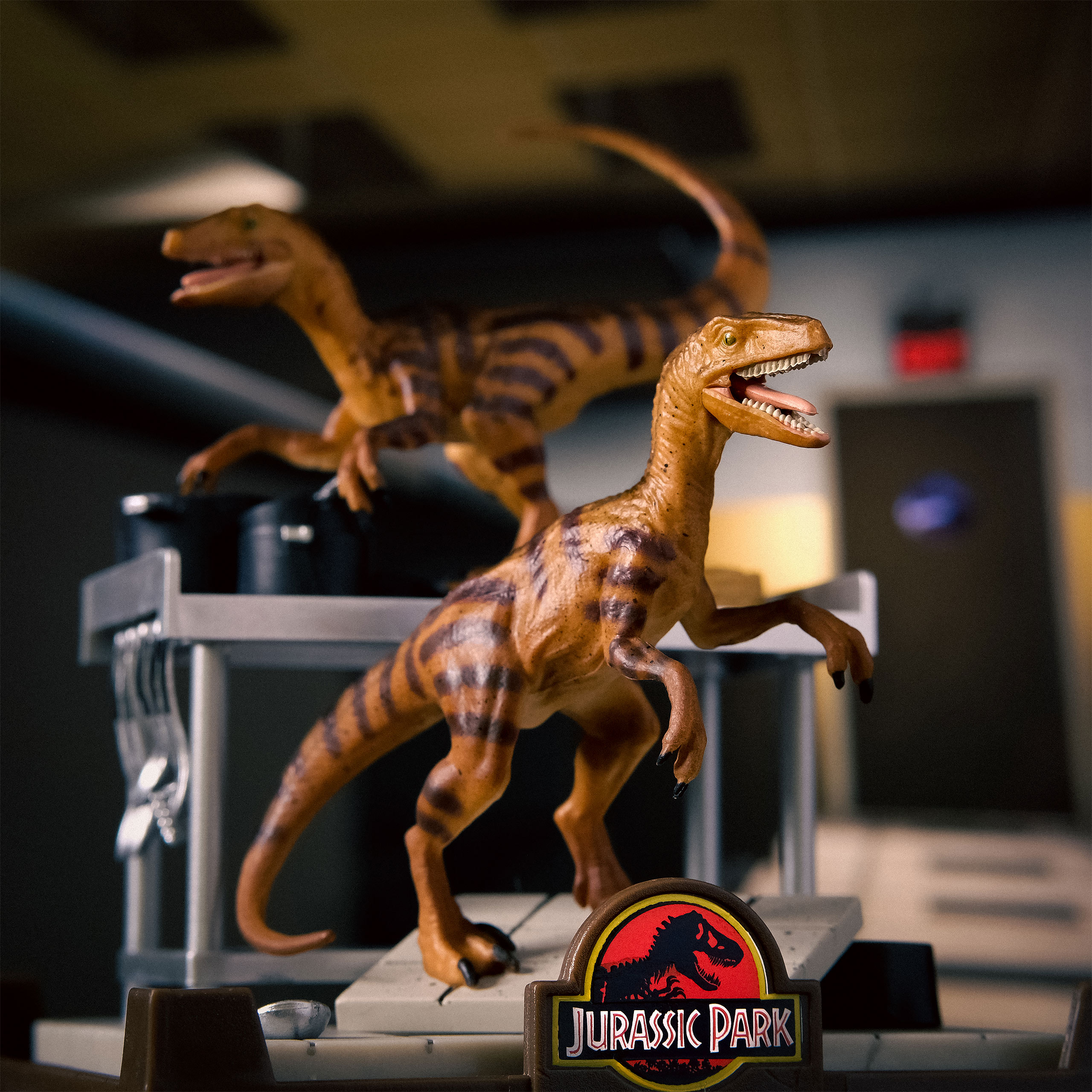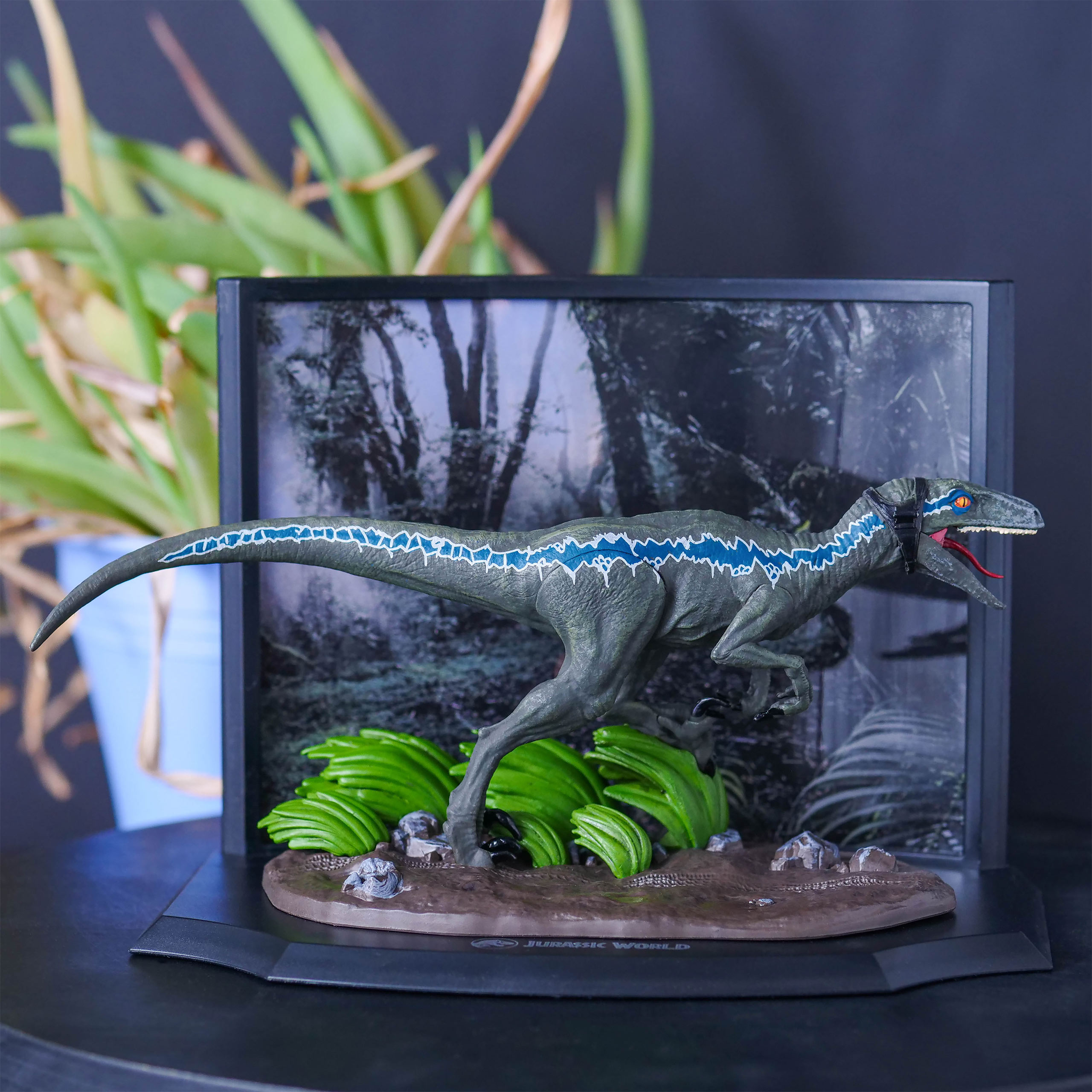Jurassic Park
God creates dinosaurs. God destroys dinosaurs. God creates Adam. Adam invents films and needs dinosaurs for them. Namely for the mega blockbuster Jurassic Park! And you can find the best merchandise here!
-
All brands
-
Jurassic Park
- Funko figures
- characters
- Baseball caps
- T-shirts
- Stationery
- Jackets
- cups
- Cookbooks
- Hoodies
- Pins
- purses
- Card games
- Mousepads
- bookmark
- Accessories
- Key chain
- Glasses
- Lamps
- chess
- bag
- Replicas
- Coasters
- To go mug
- Necklaces
- Knitwear
- Christmas
- Shirts
- Socks
- Rucksacks
- poster
- Murals
- Foot mats
- Cans
- Plush figures
- Umbrellas
- Collector coins
- Shoulder bags
-
Jurassic Park
What if: Tim Burton's Jurassic Park
Even before Michael Crichton's book Jurassic Park hit the shelves, four Hollywood studios were vying for the film rights. The costs were the same for everyone, as Crichton demanded a flat $1.5 million plus a share of the profits. The contenders were: Columbia with Richard Donner (Superman), 20th Century Fox with Joe Dante (Gremlins), and Warner Bros. with Tim Burton (Batman). The winning bid came from Studio Four, Universal with Steven Spielberg, who paid Crichton an extra $500,000 to write the script. Anyway: How far the negotiations with the other studios went, we do not know. But we would love to see what Tim Burton's Jurassic Park would have looked like …
How Jurassic Park invented the mega-blockbuster
Three Oscars. A Rotten Tomatoes score of 92 per cent. Over 1 billion dollars in box office sales. Lots of iconic scenes and special effects that were way ahead of their time. Yes, Jurassic Park was a massive success in every sense of the word and is now one of the best and most influential films of all time. With his realistic depiction of the dinosaurs, Steven Spielberg proved that any vision could be realised, no matter how ambitious. This success also persuaded directors like Peter Jackson to pursue their dreams. Or even George Lucas, who was directly involved in the production with his company ILM, and was so impressed by the new possibilities, he subsequently began developing the Star Wars prequels. (Whether that's something for Jurassic Park to be proud of is a matter of opinion.) But how did a more or less classic monster film from 1993 make it to the pinnacle of pop culture success?
Pioneering effects
As with Jaws and Close Encounters of the Third Kind, technology played an essential role. Originally, Steven Spielberg planned to bring the dinosaurs to life the old-fashioned way, using stop-motion animation. With this in mind, he hired visual effects specialist Phil Tippett, whose previous achievements include the armed robot ED-209 in Robocop and the chess pieces in Star Wars. But during production, the focus shifted more and more towards computer-animated effects. Jurassic Park would ultimately shape this area more than any other film.
Of course, Jurassic Park was not the first film to use CGI effects. Just think of the impressive transformation effects in Terminator 2! But those effects worked mainly because they looked so different, as was appropriate for the film. Jurassic Park, on the other hand, was all about making the dinosaurs look real! Convincing the audience that Dr Alan Grant is actually facing a giant T-Rex or fleeing from an angry horde of Gallimimus. This could not be solved with CGI alone; what was required was the perfect blend of digital and practical effects. Most importantly, the impressive and sometimes massive animatronics created by Stan Winston (Aliens, The Thing, Predator) and his team. The Tyrannosaurus rex, for example, involved a life-size, fully movable model, which famously kept refusing to work due to the rain effects deployed during filming.
So Jurassic Park wasn't the first big CGI film, but it was the first to seamlessly combine this technique with other effects. Even though the originally envisaged stop-motion animation became less important over the course of the production, it remained an important component until the end. Without stop-motion, there would be neither the thrilling T-rex chase nor the terrifying scene with the velociraptors in the kitchen. All of this also explains why the effects in Jurassic Park still look good today, something that can rarely be said for other films made at that time. A little anecdote by the way: when Spielberg and Tippet saw the computer animations for the first time, the director said "You're out of a job". To which Tippet replied, "Don't you mean extinct?" Spielberg then incorporated this dialogue into the film.
It's not just the technology
It is not just the special effects in Jurassic Park that are impressive, otherwise we wouldn't be talking about it today. It's what Spielberg makes of it. And there are only a few directors who can rival his skills. This can also be seen in elements that might be taken for granted, such as scale and framing. It all starts with the aspect ratio: most blockbusters rely on a very wide image, typically 2.35:1 (Cinemascope). Jurassic Park, on the other hand, has a 1.85:1 aspect ratio, giving the director 24 percent more vertical space. Spielberg used this extra space perfectly! The dinosaurs seem bigger, also because they are better placed than in the sequels Jurassic World and so on. For example, whenever Dr Alan Grant, Dr Elli Sattler, Dr Ian Malcom or John Hammond play with the dinosaurs or interact in a non-threatening way, the camera places the actors above the dinos. This creates a visual emphasis that people are playing God. In the second half of the film, when chaos reigns and the horror elements increase, the relationship is reversed. The humans are placed almost exclusively below the dinosaurs in the frame. If you're interested in this subject, you will find an excellent analysis of the camerawork in Jurassic Park here.
Although the dinosaurs are clearly the stars of the film, we only get to see them for fifteen minutes — out of a running time of two hours! But that's exactly what makes the scenes with the raptors so effective. Jurassic Park doesn't just parade the T-Rex before us, there is a long build up. At first there are vague hints, descriptions, maybe a few sounds. The film allows plenty of time to set the stage, especially in the famous scene where footsteps make the water tremble. As a result, when the T-Rex finally makes its appearance, it is all the more dramatic! Playing with the concept of an absent threat is a lesson Spielberg learned back in 1975 with Jaws. Due to technical problems, he was barely able to use the fearsome shark. And in retrospect, this turned out to be a stroke of luck. The threat from the shark was all the more intense because you didn't get to see it.
In addition to the dinosaurs, the mise-en-scène and the special effects, the film had two other secret weapons: Dr Ian Malcom, played by Jeff Goldblum, is one of them. His pithy sayings, bring a dark humour to the bleak story, but also provide profound analyses and moving moments ("Life finds a way"). Today, Ian Malcolm is one of Goldblum's best-known roles, and one that earned him appearances in the sequels Jurassic World: Fallen Kingdom and Jurassic World: Dominion. Not bad, considering Jim Carrey almost got the part! The second secret weapon is the iconic soundtrack by John Williams. Once again, the old master managed to charge his music with meaning and emotion, so that it still gives us goosebumps with just three sounds. Overall, it's also true to say that Jurassic Park is just a great film with cool characters. (To be precise, this particular author's all-time favourite.)
Not so much a film as an event!
With Jaws, Spielberg invented the concept of the summer blockbuster. But the cinema adaptation of Michael Crichton's bestseller went one step further and became an event in its own right! A film that was bigger than anything else. This time, the kind of hype that occurred entirely organically with Star Wars was planned long in advance. And this was spectacularly achieved via an accompanying marketing campaign with an appropriate budget of 65 million dollars ("An Adventure 65 Million Years in the Making"). Even before the film was released, over 1,000 products had been licensed and sold. So the film's logo was everywhere. But one thing was always missing from all the products, ads and trailers: the dinosaurs. This deliberate ruse combined oversaturation and secrecy to maximise the hype around the film. This would be a tactic adopted by later films such as J.J. Abrams' Cloverfield.
And all of this also happened at the right time. After the remake of King Kong flopped in 1976, there was a long period when no more big-budget monster movies were made. Of course, films like Aliens, Predators, Gremlins or The Thing were all terrifying in their own way and have earned their current cult status. But the technical limitations of their time meant these productions were inevitably smaller scale. Jurassic Park changed all that and created giant beasts that impressed with their sheer size. This still inspires monster movies such as Pacific Rim, Kong: Skull Island or Rampage. Even if none of these blockbusters comes close to the significance of Jurassic Park.
Top in This Regard as Well
Yes, Jurassic Park has had a lasting impact on Hollywood, raising the summer blockbuster to a new level and setting new standards in effects. With its absolutely timeless design, especially regarding the logo, but also due to the presence of fictional merchandise in the film, Jurassic Park remains a sensation in this regard as well: in fan merchandise! Simply because the entire Jurassic Park merchandise exists "for real" through the fictional film universe.
That's probably why Jurassic Park merchandise performs so well for us. Especially classic items like Jurassic Park T-shirts, hoodies, mugs, or caps are among the most popular merchandise types. Precisely because all these items also exist in the world of Michael Crichton's book and the film. However, our Jurassic Park shop does not limit itself to these basics but also features many special items, including high-quality figures, as well as highlights like a Jurassic Park chess set or – why not? – a waffle maker. What would Ian Malcolm say about this? Perhaps this: "Did you hear that? These are, hmm, offers that make the earth tremble. I'm quite curious."
